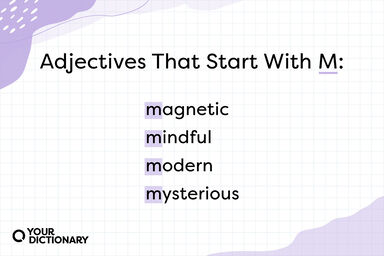The intensity of magnetization, or, more shortly, the magnetization of a uniformly magnetized body is defined as the magnetic moment per unit of volume, and is denoted by I, I, or „a.
A magnet may be regarded as consisting of an infinite number of elementary magnets, each having a pair of poles and a definite magnetic moment.
After pointing out that, since the magnetization of the metal is the quantity really concerned, W is more appropriately expressed in terms of I, the magnetic moment per unit of volume, than of B, he suggests an experiment to determine whether the mechanical work required to effect the complete magnetic reversal i Phil.
Du Bois's results, which, as given in his papers, show the relation of H to the magnetic moment per unit of mass, have been reduced by Ewing to the usual form, and are indicated in fig.
The strength of the induced current is - HScosO/L, where 0 is the inclination of the axis of the circuit to the direction of the field, and L the coefficient of self-induction; the resolved part of the magnetic moment in the direction of the field is equal to - HS 2 cos 2 6/L, and if there are n molecules in a unit of volume, their axes being distributed indifferently in all directions, the magnetization of the substance will be-3nHS 2 /L, and its susceptibility - 3S 2 /L (Maxwell, Electricity and Magnetism, § 838).





